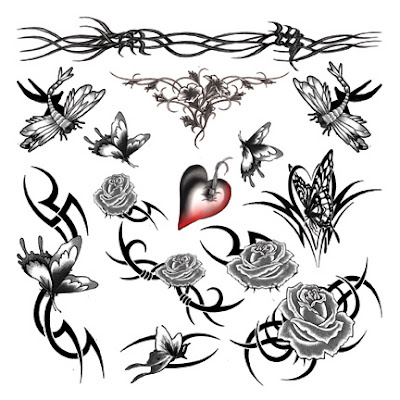Creativity is an impulse that is innate to human beings. It is said by artistic creators that life is pure creative energy; that people are mere conduits the creative force uses to illustrate itself in form. In African tribes, rituals and ceremonies took place simultaneous to the painting of tribal art, perhaps in reverence to the great creative force they understood as external to phenomenal reality.
Intricate designs, elaborate graphics and spiraling patterns are essential elements of tribal art, but the highest instance of any one feature is undoubtedly the depiction of humans - either representations of tribal leaders, their ancestors or gods.
Colour was used in abstract to symbolise specific personality qualities as was visual abstraction. Rather than creating literal impressions of nature, esoteric symbols and encryptions unique to specific cultures were used to encode or specialise many tribal art patterns, particularly in Africa.
Much emphasis was by tribal artists on the creation of props for use in performance art - a testament to the early appreciation of dram. Re-enacting significant events within tribes, as well as paying homage to the great creator through dance and fanfare, are customs unique to indigenous tribes. Evidence of this custom can be found in the variety of masks and costumes left behind by tribal artists.
Today the ruins of many extinct or dying-out tribes are preserved in glass-cased protection in museums around the world. Historians analyze and interpret tribal art in an effort to glean information about little known tribes. Ancient tribes, being illiterate, communicated in the oral tradition, so left no historical texts for historians to piece together their past.
A person with a wide variety of interests. One who likes to write articles about aspects of these interests to see other peoples views. Also, enjoys being on different forums discussing new developements in these areas.






